Introduction
Homonhon Island Eastern Samar is one of the Philippines’ most historically significant yet underrated destinations. Known as the first landing site of Ferdinand Magellan in 1521, Homonhon combines rich heritage, pristine natural beauty, and the charm of remoteness. Unlike mainstream beaches such as Boracay or Palawan, Homonhon remains largely untouched, offering a quiet, off-the-beaten-path escape for travelers who crave authenticity and solitude.
Tucked within the province of Eastern Samar, this island boasts crystal-clear waters, white sand beaches, lush greenery, and small fishing villages, making it a unique place where history and raw nature meet. Despite its significance in Philippine history, it receives far fewer tourists, making it ideal for those seeking a different kind of travel experience — unspoiled, genuine, and culturally rich.
Why Visit Homonhon Island Eastern Samar?
Most people skip over Homonhon when planning Philippine island-hopping adventures, but those who take the time to explore it discover:
- Historical Significance – The place where Magellan first set foot in the Philippines.
- Raw Natural Beauty – Rolling hills, powdery sand, and turquoise seas.
- Untouched Experience – Very few tourists, offering privacy and quiet.
- Authentic Island Life – Small communities still practicing traditional fishing and farming.
If you’re tired of crowded resorts, Homonhon Island offers something truly different — an opportunity to reconnect with nature and history in peace.
A Brief History of Homonhon Island
Homonhon entered the global stage in March 1521, when Portuguese explorer Ferdinand Magellan and his crew arrived during their circumnavigation of the world. They landed in Homonhon to rest and replenish supplies, marking the first recorded European contact with the Philippines.
Today, you can still see monuments and heritage markers commemorating this historic event. While the island is famous for its role in history, it remains largely rural and undeveloped, making it a destination for those who want to walk in the footsteps of explorers while enjoying natural beauty.
(Source: National Historical Commission of the Philippines)
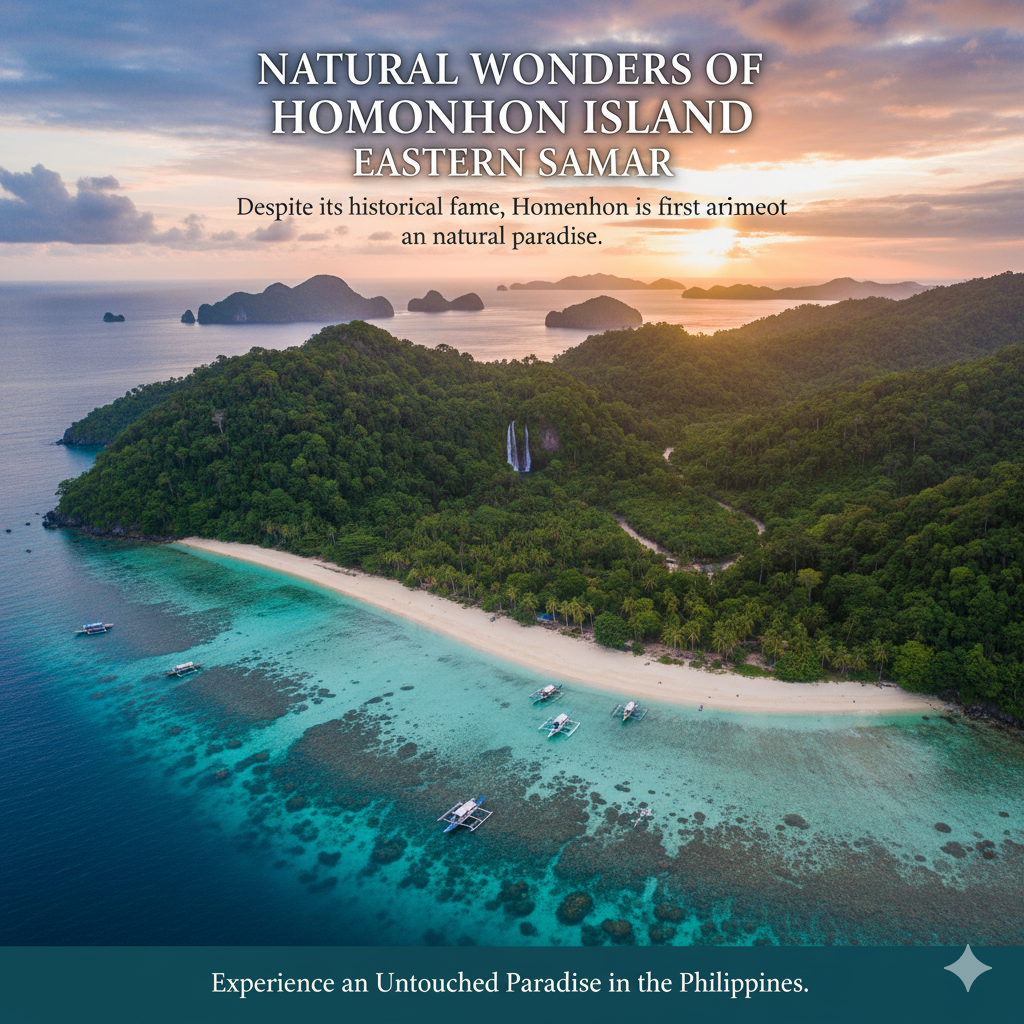
Natural Wonders of Homonhon Island Eastern Samar
Despite its historical fame, Homonhon is first and foremost a natural paradise.
1. Remote White Sand Beaches
The island features long stretches of white sand, often completely empty. You can relax, swim, or picnic without the buzz of tourists.
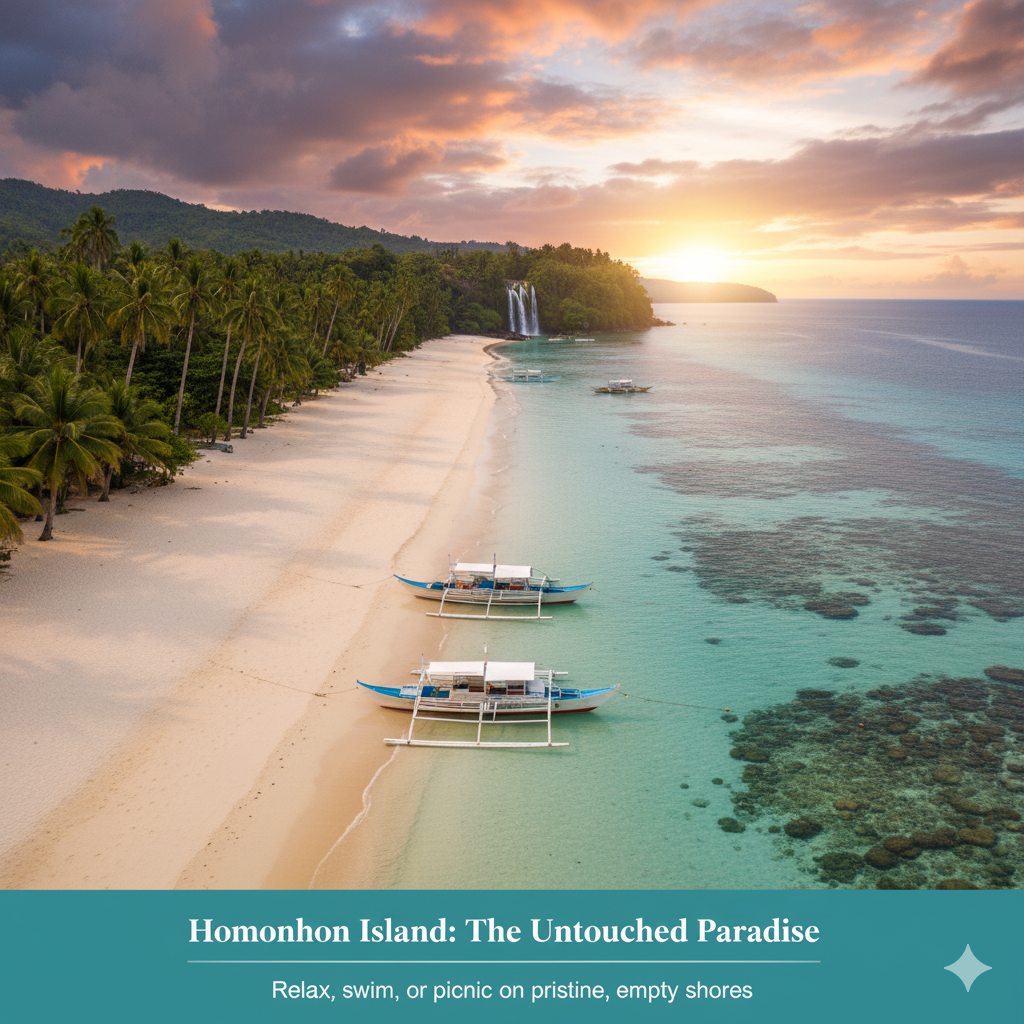
2. Lush Hills & Greenery
Rolling hills and forests provide great opportunities for hiking, photography, and eco-tourism.
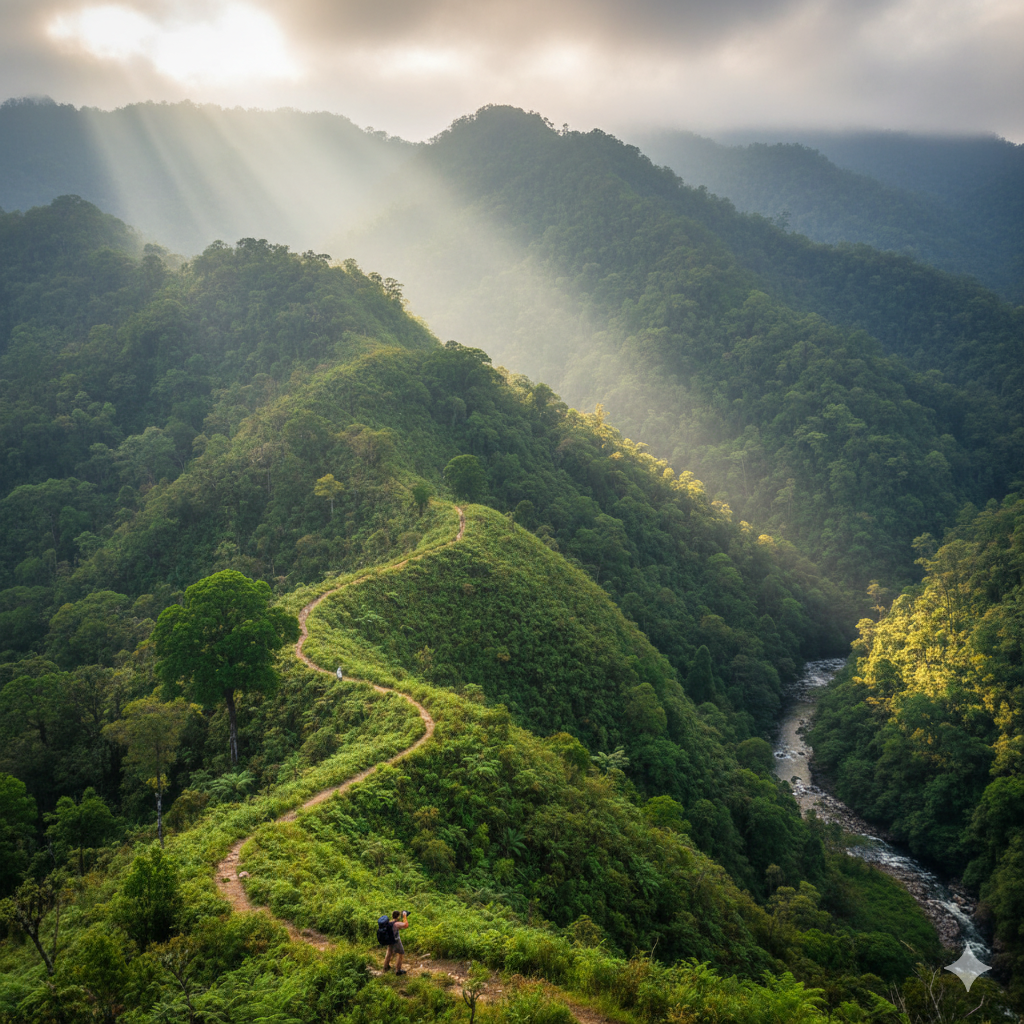
3. Vibrant Marine Life
With fewer commercial activities, the waters around Homonhon remain crystal clear and thriving with coral reefs. Perfect for snorkeling or diving.
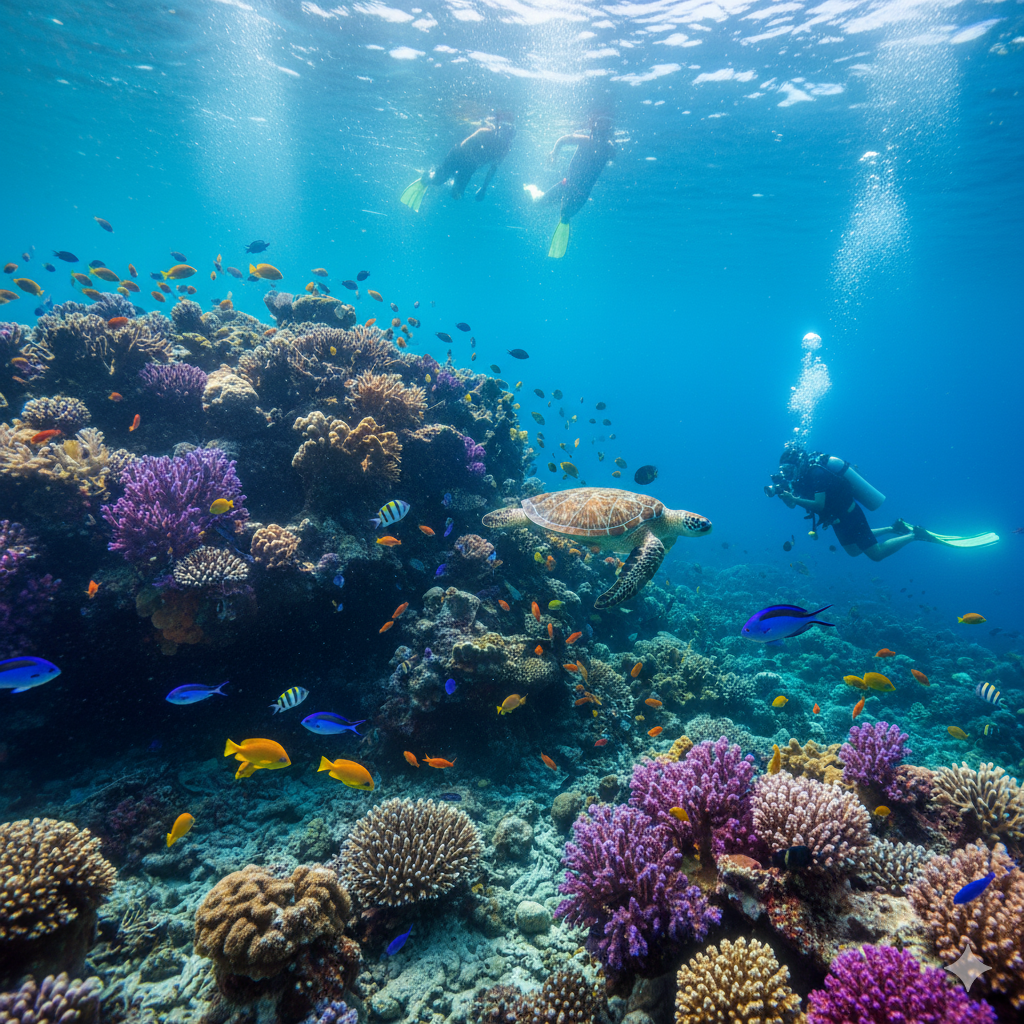
4. Small Fishing Villages
Experience authentic island life, where locals live simply and sustainably, far removed from commercial tourism.
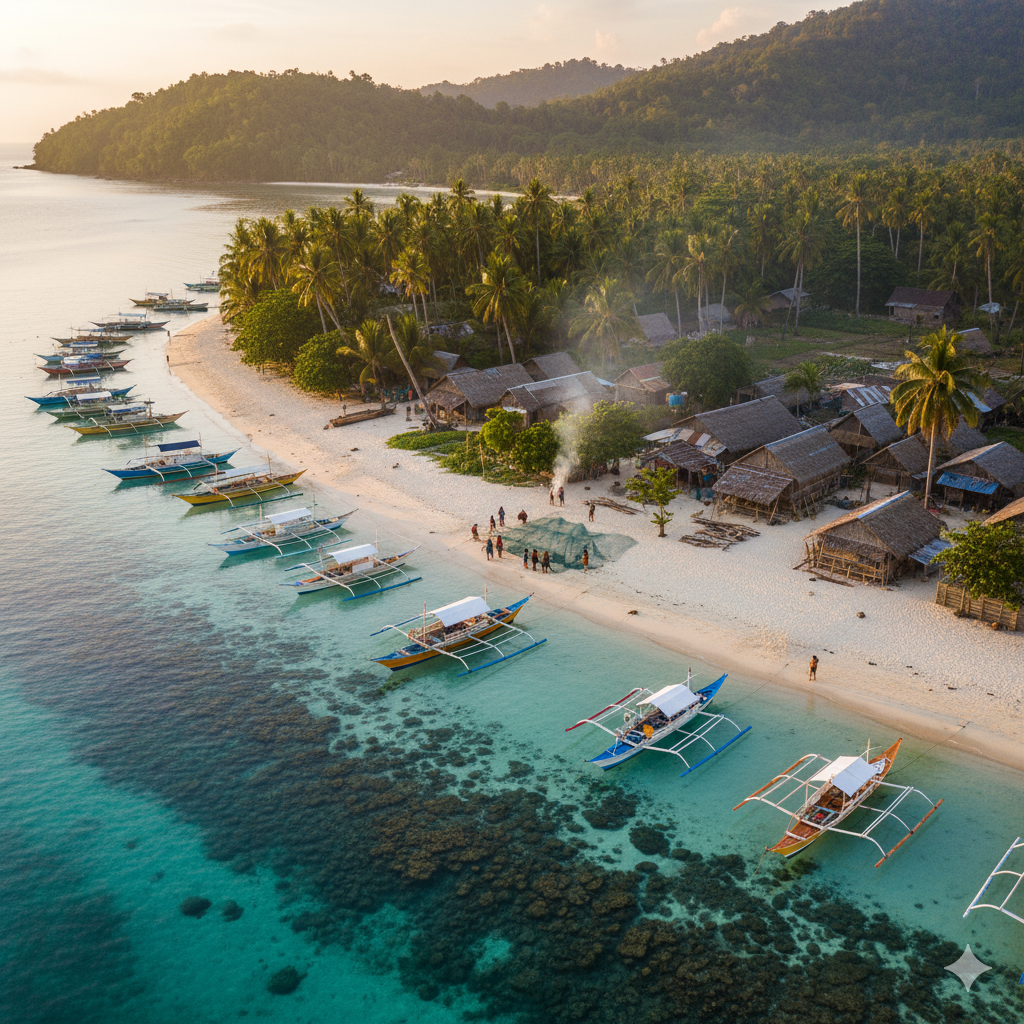
5. Peace & Solitude
The real treasure of Homonhon is its silence. If you’re looking for a destination where you can truly unplug, this is it.
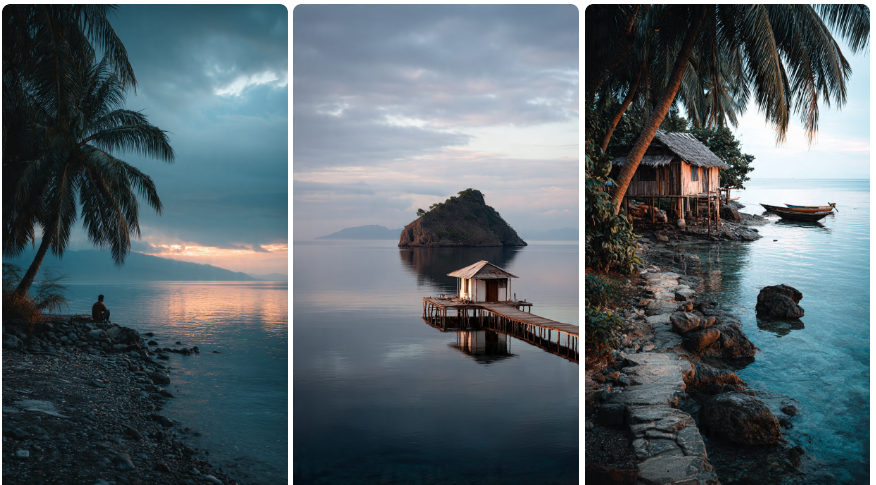
Things to Do in Homonhon Island Eastern Samar
- Historical Tours – Visit markers commemorating Magellan’s landing.
- Beach Camping – Pitch a tent and enjoy stargazing with zero light pollution.
- Snorkeling & Swimming – Discover colorful reefs and fish species.
- Cultural Interaction – Meet locals and learn about their traditions.
- Nature Walks & Hiking – Explore unpaved trails and lush hills.
How to Get to Homonhon Island Eastern Samar
Reaching Homonhon Island Eastern Samar is part of the adventure.
- Fly to Tacloban City or Guiuan, Eastern Samar – Nearest airports for domestic flights.
- Travel to Guiuan Port – Around 3–4 hours by land from Tacloban.
- Boat Ride to Homonhon Island – Local boats can take you to Homonhon in 1–2 hours.
(Tip: Coordinate with local boatmen in Guiuan for smoother trips.)
For more Philippine travel guides, explore HIDDEN GEMS OF PHILIPPINE.
Best Time to Visit Homonhon Island Eastern Samar
- Dry Season (December–May): Best for island-hopping, camping, and water activities.
- Avoid Rainy Months (July–October): Seas may be rough, making travel risky.
- March: Ideal if you want to witness commemorative events related to Magellan’s arrival.
Where to Stay Near Homonhon Island
Homonhon itself has basic accommodations and homestays, but for more comfort, travelers usually stay in:
- Guiuan, Eastern Samar – Offers small hotels and inns.
- Homestays on Homonhon – For those who want an authentic local experience.
Responsible Travel to Homonhon Island
As Homonhon is less commercialized, responsible travel is crucial:
- Carry eco-friendly products (reef-safe sunscreen, reusable bottles).
- Respect local customs and communities.
- Leave no trash behind.
- Support small businesses and homestays.
(For eco-travel tips, see Philippine Department of Tourism)
FAQs About Homonhon Island Eastern Samar
Q1: Why is Homonhon Island historically significant?
It was the landing site of Ferdinand Magellan in 1521 during the world’s first circumnavigation.
Q2: Is Homonhon Island crowded with tourists?
No, it remains quiet and rarely visited, perfect for travelers seeking solitude.
Q3: What activities can I do on Homonhon Island?
Historical tours, beach camping, snorkeling, hiking, and cultural immersion.
Q4: How do I reach Homonhon Island?
Fly to Tacloban or Guiuan, travel by land to Guiuan Port, then ride a boat to Homonhon.
Q5: Are there hotels on Homonhon Island?
Accommodations are very basic. For more comfort, stay in Guiuan and make day trips.
Traveler Advice – Homonhon Island
Homonhon Island Eastern Samar is more than just a historical footnote — it’s a hidden paradise where history, culture, and nature meet. With its remote beaches, lush hills, vibrant marine life, and cultural heritage, it’s the perfect destination for travelers looking for a unique, authentic, and less-traveled experience in the Philippines.
If you want to escape mass tourism and discover an island where every sunrise feels untouched, Homonhon Island should be on your travel bucket list.
👉 For more guides to hidden wonders of the Philippines, visit Wonders Island

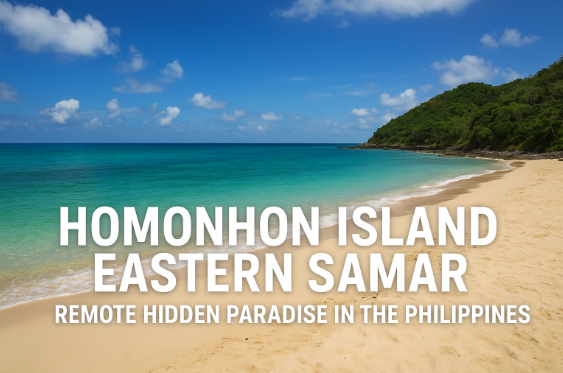

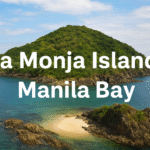
Pingback: 7 Secret Beaches of Mantigue Island Travel Guide to Paradise